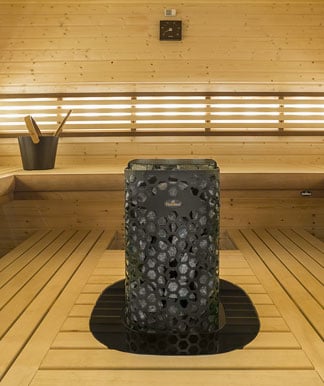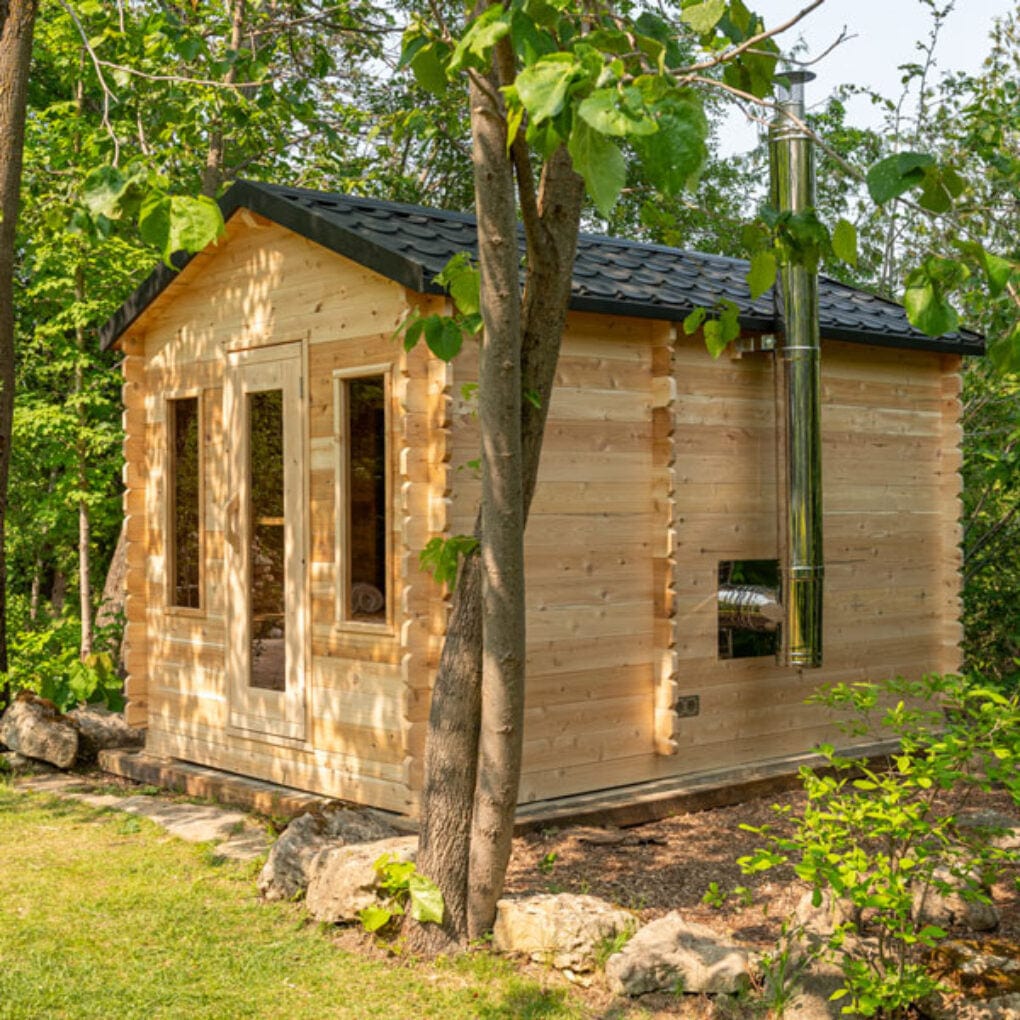The Basic Principles Of Traditional Sauna
The Basic Principles Of Traditional Sauna
Blog Article
Traditional Sauna Things To Know Before You Get This
Table of ContentsThe 30-Second Trick For Traditional SaunaThe 5-Second Trick For Traditional SaunaTraditional Sauna Can Be Fun For EveryoneSome Known Details About Traditional Sauna Traditional Sauna Can Be Fun For Everyone
The majority of the weight shed in a sauna is water loss and is re-gained upon rehydrating. Without an uncertainty sauna can be a crucial component of a healthy and balanced weight loss program. To check out the differences between traditional and IR saunas, I will separate these right into verifiable, theoretical, and made distinctions.Hence, the hottest point in the saunawhich is at the ceiling straight above the sauna heateris usually in between 185 and 190 F. Claims that a typical sauna goes beyond 200 F is merely not true and not suitable for electrical saunas marketed in the United States. The temperature for a far-infrared sauna is typically established in between 120 and 140 F; nonetheless, unlike the traditional sauna, the objective in and IR space is not to achieve a high temperature.

When a standard sauna has been correctly heated, the sauna wall surfaces are cozy, the air temperature has accomplished set temperature and the rocks are super heated. As an interesting side note, the warmed wall surfaces and the rocks are releasing far-infrared warm, combined with the heated air, to create an "enveloping warm".
The Traditional Sauna Statements
When the high temperature level is achieved, the components cycle on and off to keep the high temperature level. The majority of traditional sauna customers appreciate pouring water over the rocks to produce vapor to increase sauna humidity levels. The advantages of pouring water over the rocks consist of: making the space extra comfortable, moistening the nasal passages, and allowing the usage of aromatherapy by blending important oils with the water.

When the energy enters the body, it triggers the body temperature to raise and ultimately results in perspiration. In an infrared sauna it is necessary for the emitters/heaters to stay on nearly continuously. Given that there is no mass of rocks to keep heat, the sauna will certainly cool down if the emitters shut down.
Traditional Sauna Fundamentals Explained
As pointed out over, the sauna bather in an infrared space desires to place himself before operating emitters to get maximum gain from the heat. The heating time for both rooms can be extremely different, depending upon just how the spaces are utilized. For a conventional sauna, a bather ought to permit 30-40 mins for the area to accomplish a preferred temperature and to properly pre-heat the rocks.

A well created sauna will generally achieve a temperature of 150-160 F in try this concerning 30-40 minutes (Traditional Sauna). For hotter temperature levels, the area may require to warmth for a longer duration. When the room achieves established temperature level, the heater will certainly cycle article on and off, typically running concerning 50% of the time. The shielded wall surfaces and the heated rocks will maintain the room hot and at steady temperature levels.
To some, 15 minutes was "wasted" while the infrared power heated up the timber panels rather than warming a body, while others find a pre-heated room to be more comfortable and believe a raised starting temperature is needed to start sweating. The size of advised use for each room is around the exact same (10-15 minutes per session); however, as a result of the reduced air temperature levels and the capacity to really feel the results of infrared warmth faster than a typical sauna, it is not unusual for an individual to spend an overall of 20-30 minutes in an infrared sauna.
The Ultimate Guide To Traditional Sauna

The ordinary price per kWH of electricity in the united state is roughly $0.11, so a 4.5 kW heating system will certainly cost roughly $.50 to compete one hour, if the heater runs continuously for one hour. Typically a sauna heater will certainly run for 75% of the initial hour and 50% of succeeding hours dig this on because the components cycle once the established temperature is attained.
A 2 individual far-infrared room is typically literally smaller sized than a conventional sauna, usually about 4' x 4' or smaller sized. The IR heating unit is commonly 1.5-1.7 kW using a 120 volt 15 amp plug-in solution. Since the space can be utilized quicker than a sauna room, we will presume the space is used for to of an hour including heat up time.
There is a rarely gone over difference in the social experience in between the two areas. While our society has lost some of the social benefit of the standard sauna experience, it can be really socially rewarding (Traditional Sauna). From household time in the sauna, to heart-felt discussions with better halves, to sauna partiesthe traditional sauna experience can lead to intimate mingling
The Traditional Sauna PDFs
The majority of higher end infrared spaces consist of tinted light treatment, sound systems and full-glass fronts.
Report this page